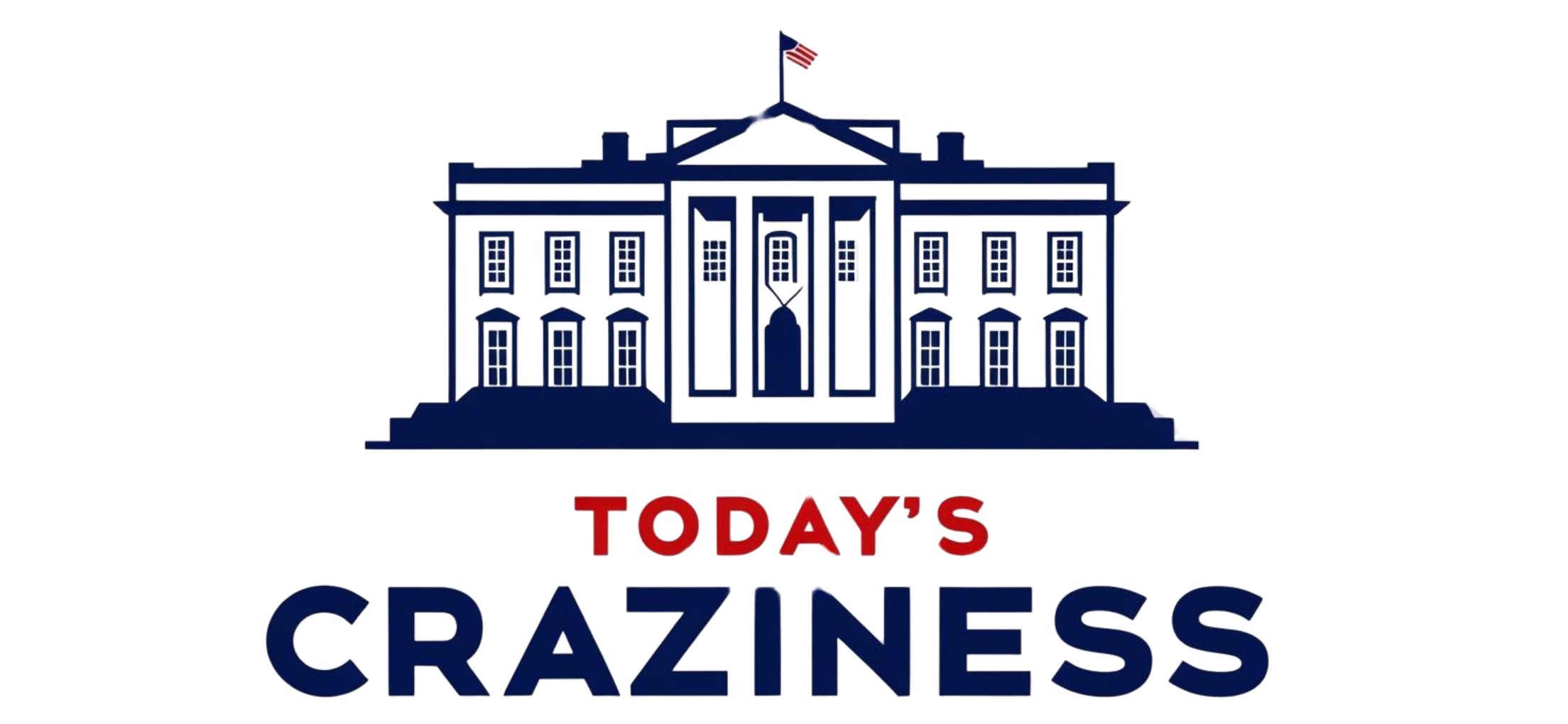House Republicans propose $4.5 trillion in tax cuts, $1.5 trillion in spending reductions, and a $4 trillion debt limit increase to advance Trump’s agenda.
On February 12, 2025, House Republicans unveiled a comprehensive budget proposal aimed at advancing President Donald Trump’s domestic priorities. The plan outlines significant tax cuts, spending reductions, and adjustments to the federal debt limit. Below is a detailed breakdown of the proposal:
Tax Cuts
The budget allocates up to $4.5 trillion in tax cuts over the next decade. This figure is below the $5.5 trillion needed to extend all expiring tax cuts and fully implement President Trump’s tax initiatives, such as tax-free tips, overtime pay, and Social Security benefits. The primary focus is on extending tax cuts set to expire at the end of this year, including maintaining the current standard deduction, tax rates, and the child tax credit. Additional considerations involve loosening the cap on state and local tax deductions. wsj.com
Spending Cuts
The proposal mandates a minimum of $1.5 trillion in spending cuts over the next decade, with an aspirational target of $2 trillion. Key areas identified for reductions include:
- Medicaid: At least $880 billion in cuts are proposed, potentially through measures such as work requirements for able-bodied beneficiaries and revisions to funding formulas. wsj.com
- Education and Workforce Programs: A reduction of at least $330 billion is planned, which may affect student loan programs and educational initiatives.
- Agriculture: The budget seeks to cut at least $230 billion, possibly impacting food assistance programs for low-income individuals.
These proposed cuts have sparked internal debates within the Republican Party, with some members advocating for deeper reductions. wsj.com
Debt Limit Increase
The budget proposes raising the federal debt limit by $4 trillion, a move intended to accommodate the proposed tax cuts and spending adjustments. This increase is expected to suffice for approximately two years. wsj.com
New Spending Initiatives
Despite the emphasis on spending cuts, the budget allocates $300 billion for new expenditures, primarily targeting:
- Immigration Enforcement: Enhanced funding to strengthen border security and enforcement measures.
- Military: Increased investment in defense capabilities and support for armed forces.
These allocations align with President Trump’s priorities on national security and defense. wsj.com
SALT Deduction
Even though there was little mention released in this plan, there have been significant developments regarding the State and Local Tax (SALT) deduction cap:
- Legislative Advocacy: On February 8, 2025, Representatives Jerrold Nadler and Thomas Suozzi led a letter to House Speaker Mike Johnson and Ways and Means Committee Chairman Jason Smith, urging a full repeal of the SALT deduction cap. They argue that the cap imposes double taxation on middle-class families and undermines funding for essential public services. nadler.house.gov
- Policy Proposals: A recently leaked document from Republican lawmakers outlines several options for SALT reform:
- Repeal SALT Deduction: Eliminate the deduction entirely for individual and business taxpayers, projected to raise $1 trillion over ten years.Adjust Cap for Married Couples: Maintain the $10,000 cap but increase it to $20,000 for married couples, estimated to cost $100-200 billion over a decade.Increase Cap to $15,000/$30,000: Raise the cap to $15,000 for individuals and $30,000 for married couples, with an anticipated cost of $500 billion over ten years. proskauertaxtalks.com
These discussions reflect ongoing debates within Congress about balancing tax relief with fiscal responsibility, especially concerning constituents in high-tax states.
Internal Party Dynamics
The proposal has revealed divisions within the Republican Party. Some members argue that the spending cuts are insufficient, while others are concerned about the potential impact on essential services. House Speaker Mike Johnson remains optimistic about advancing the plan, emphasizing its role in fulfilling campaign promises. wsj.com
Democratic Opposition
Democrats have criticized the budget, asserting that it disproportionately benefits wealthy individuals and corporations through substantial tax cuts while reducing funding for essential programs that assist middle- and low-income Americans. They highlight the contrast between proposed reductions in social services and the tax relief afforded to higher-income groups. apnews.com
Senate Republicans’ Approach
In contrast to the House’s comprehensive plan, Senate Republicans are pursuing a more focused strategy. They are working on a $350 billion package dedicated to border security and defense spending, deferring broader tax and spending debates to a later time. This approach reflects differing priorities and strategies within the party. wsj.com
Conclusion
The House Republicans’ budget proposal represents a significant effort to implement President Trump’s domestic agenda through substantial tax cuts, targeted spending reductions, and strategic investments in national security. As the proposal advances through the legislative process, it is expected to encounter rigorous debate both within the Republican Party and across the aisle.
Bibliography
For more information, see below:




Pingback: Beyond the Headlines: House Narrowly Passes $4.5 Trillion Tax Cut Plan Amidst Medicaid Cuts and Defense Spending Boost - Today's Craziness